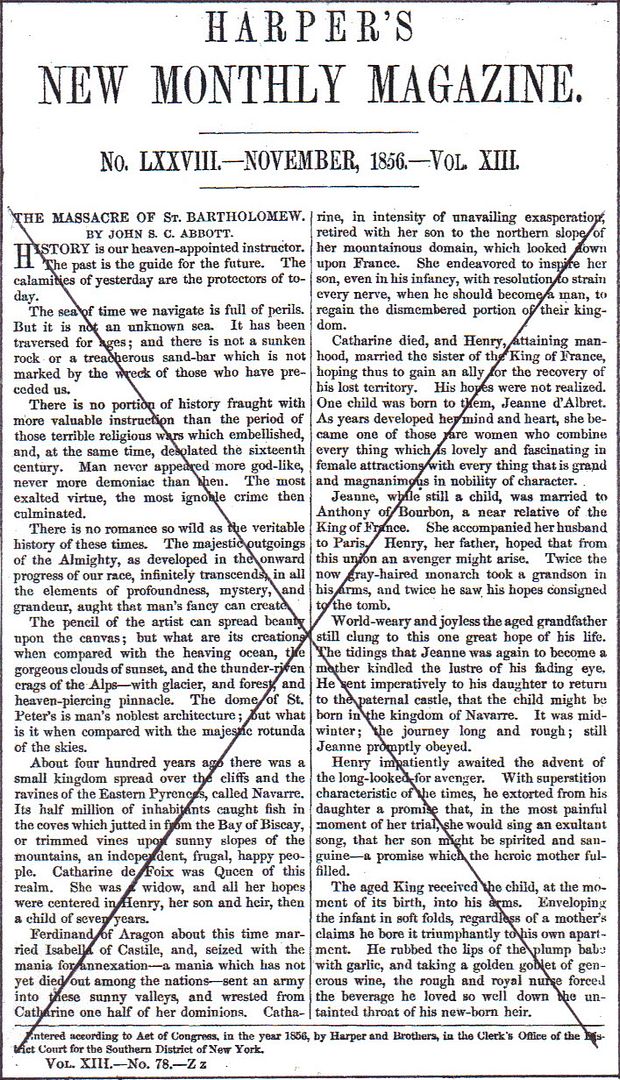
Posted on 11/01/2016 4:47:12 AM PDT by Homer_J_Simpson

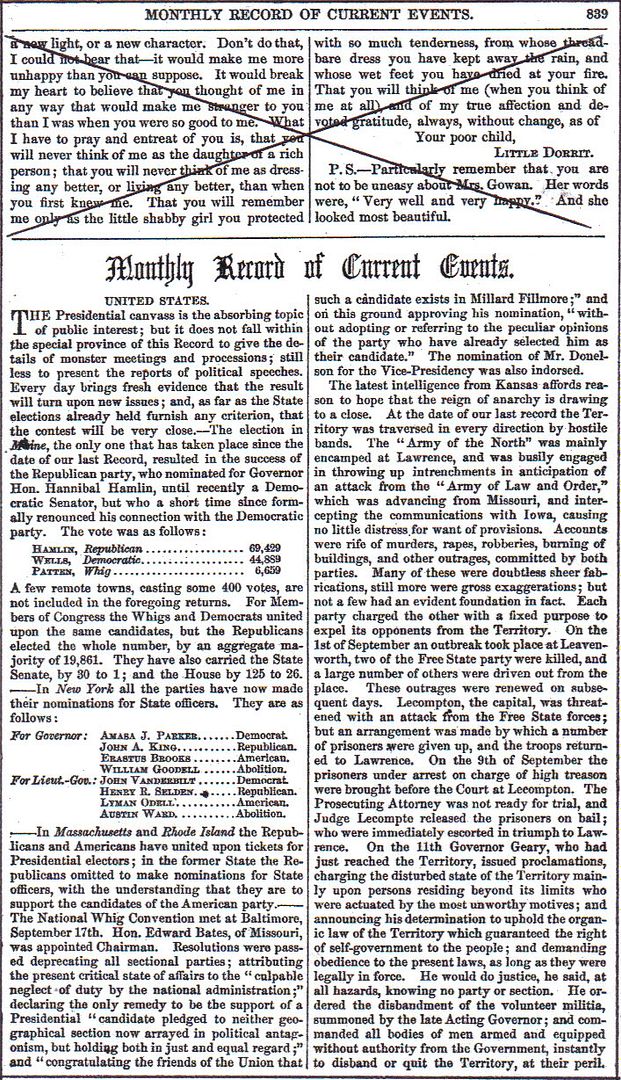
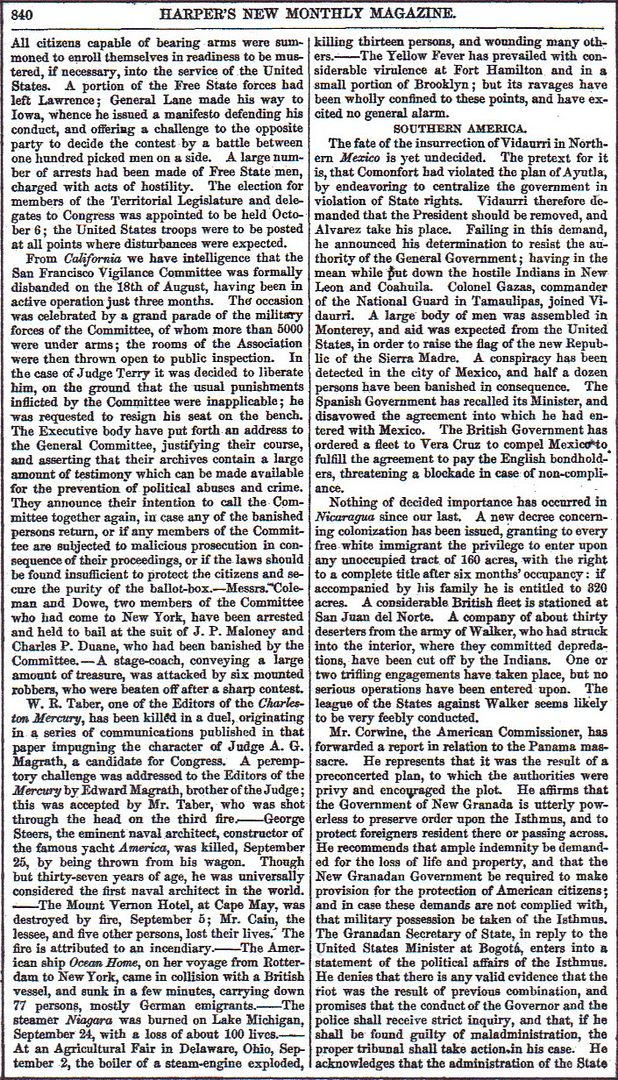

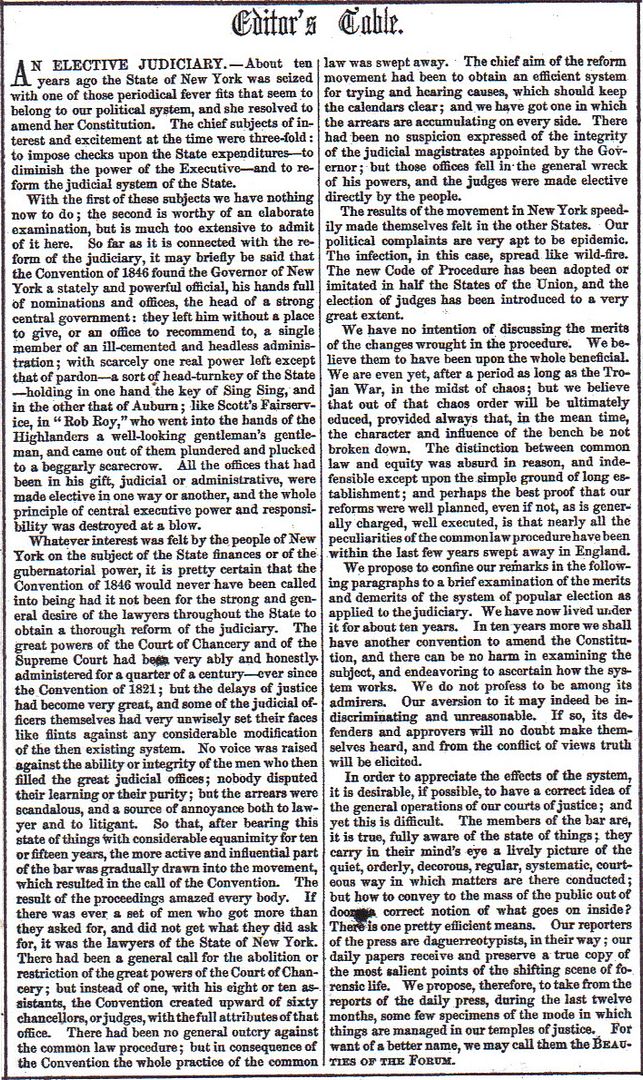
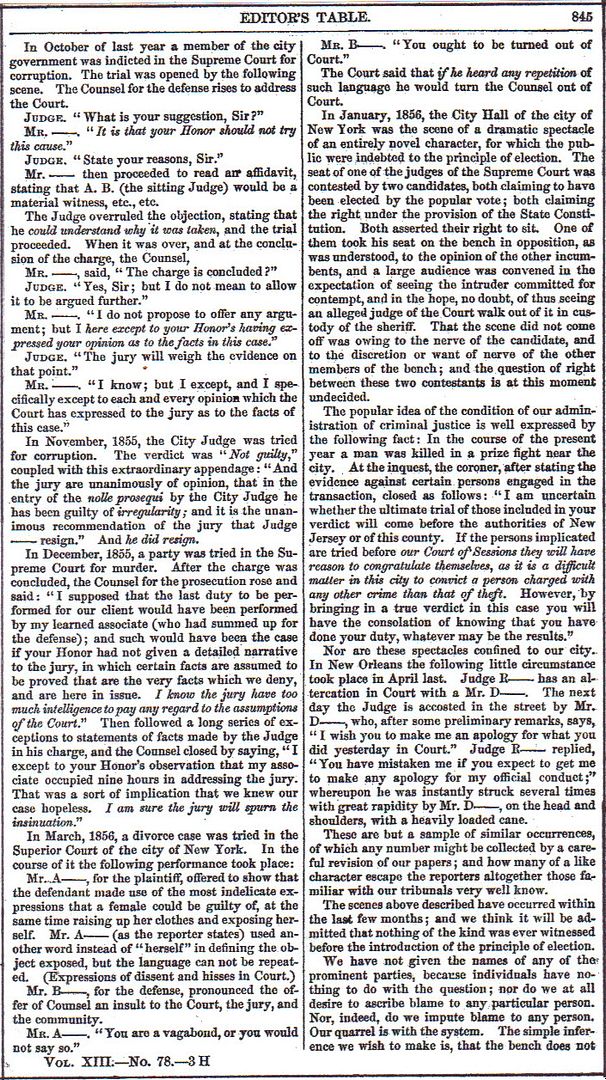
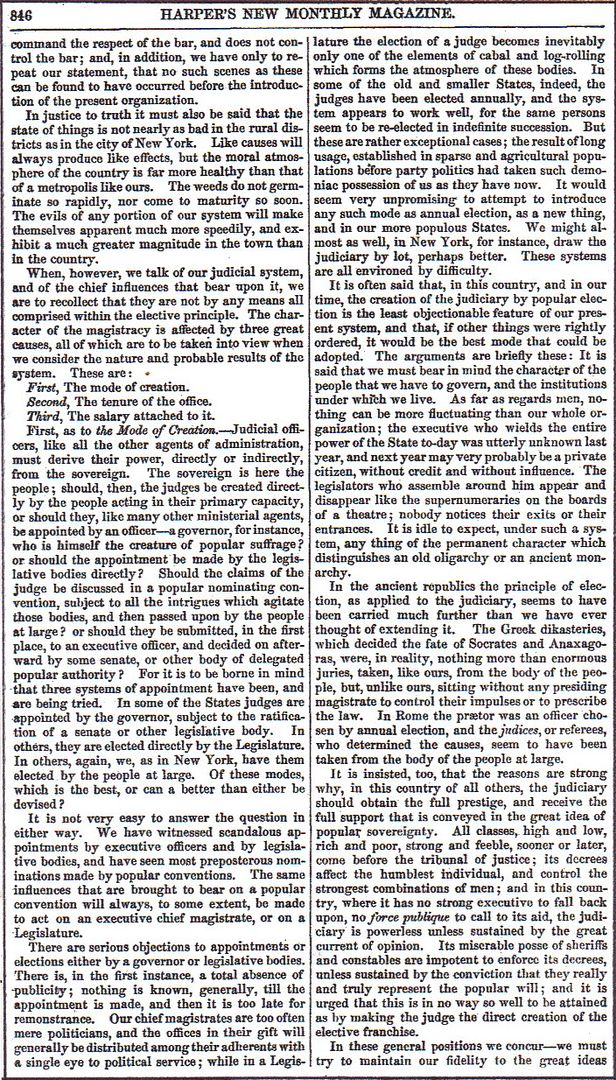
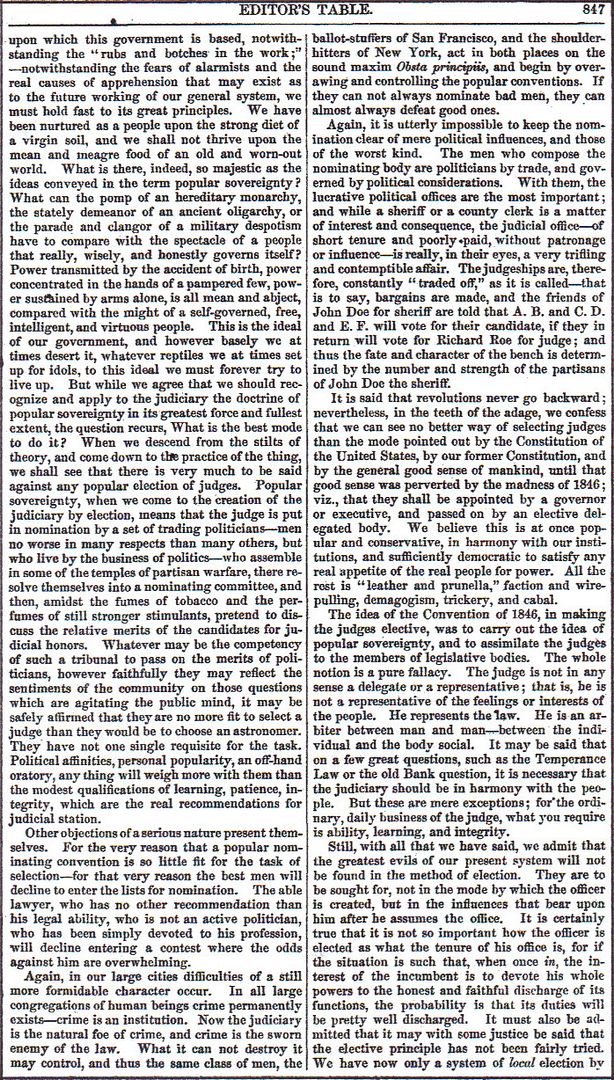
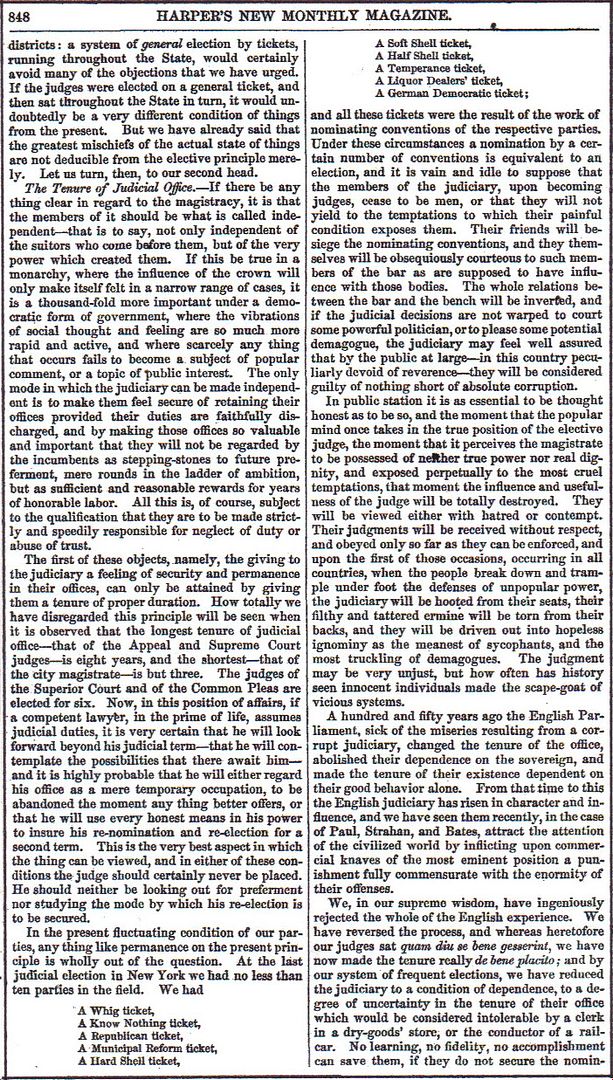

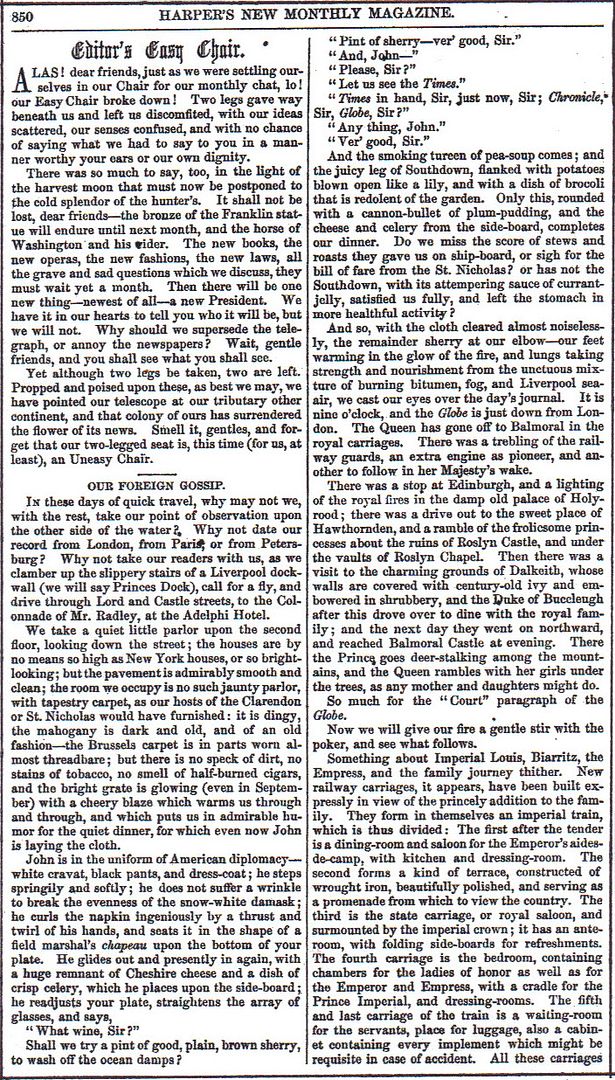
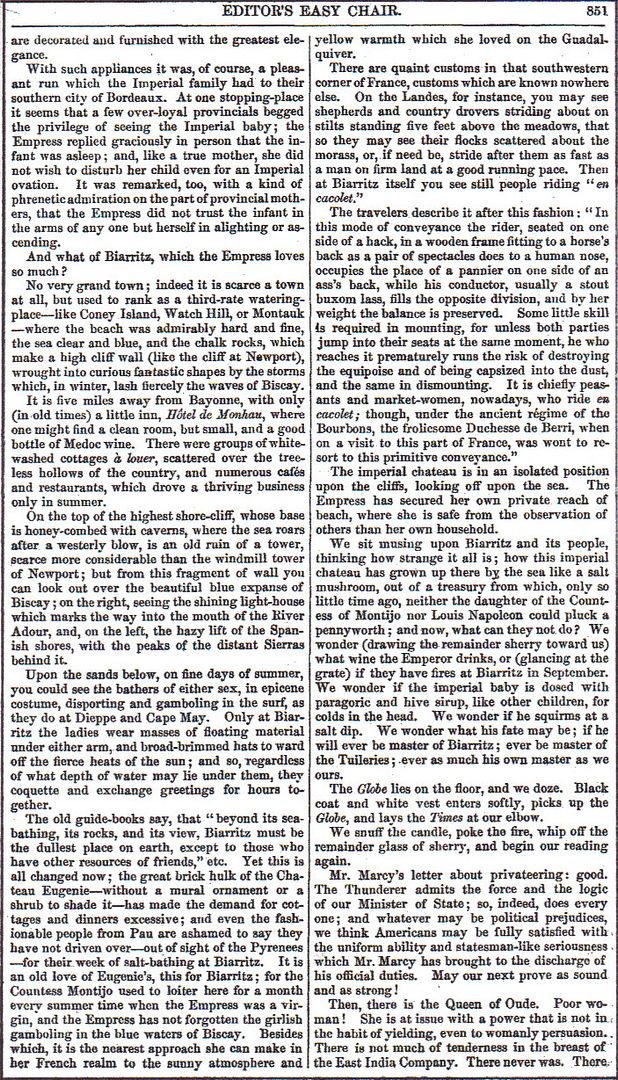
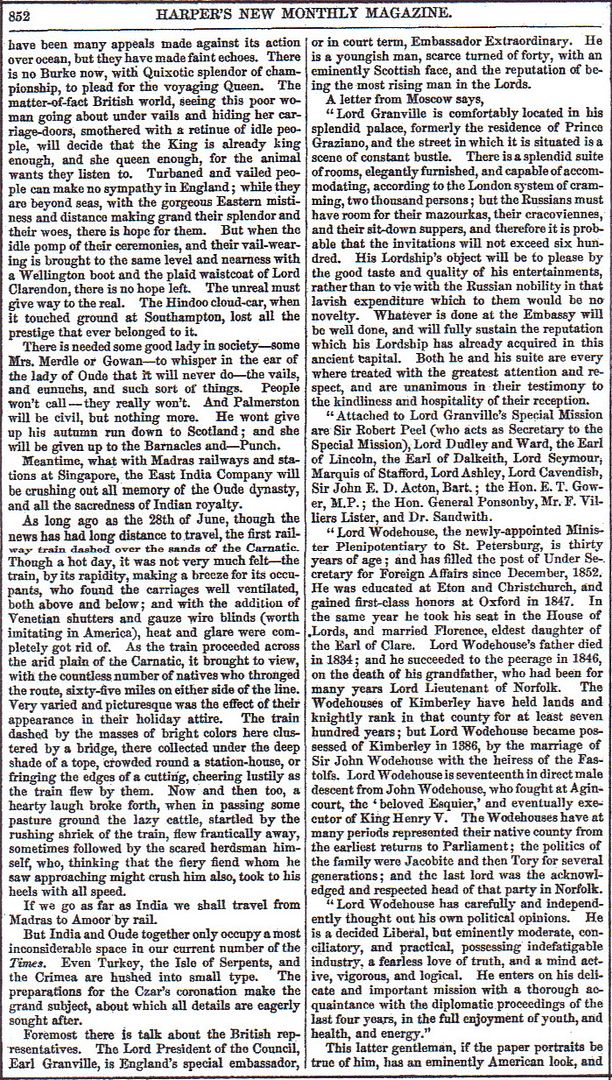

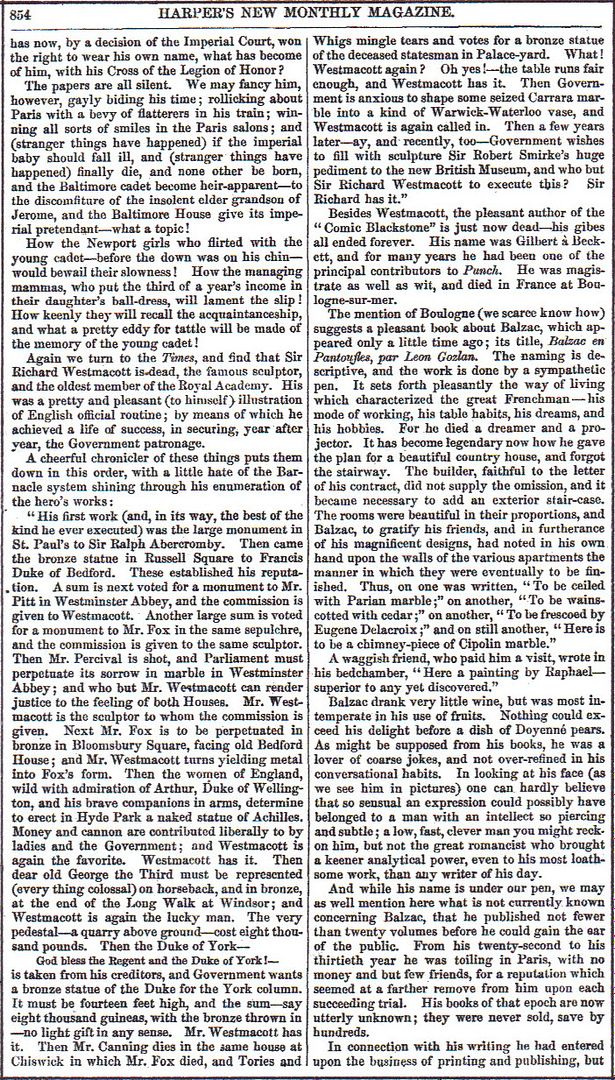
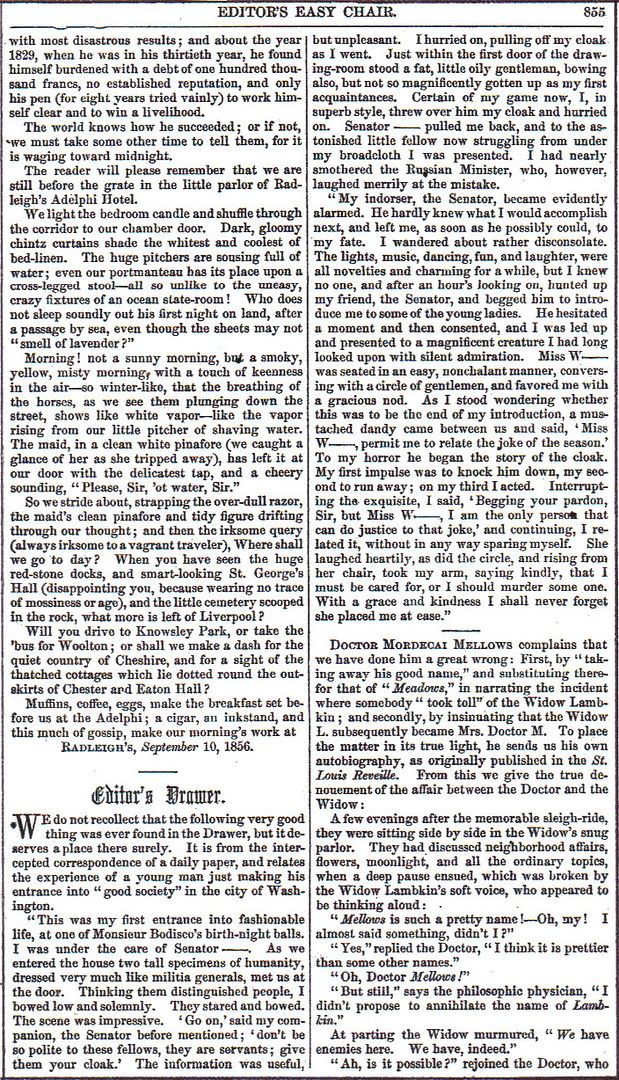
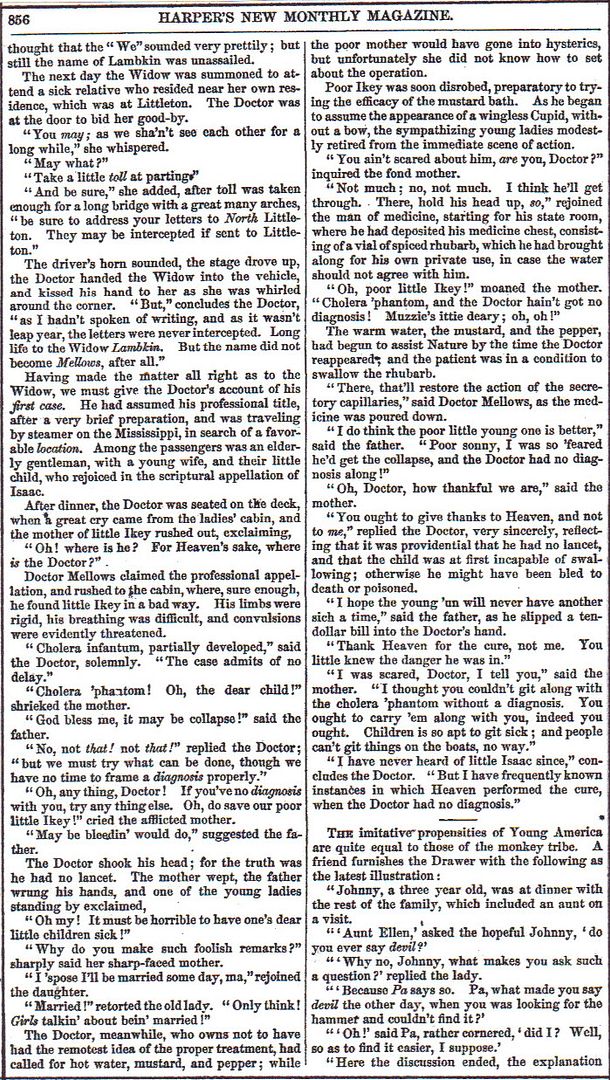
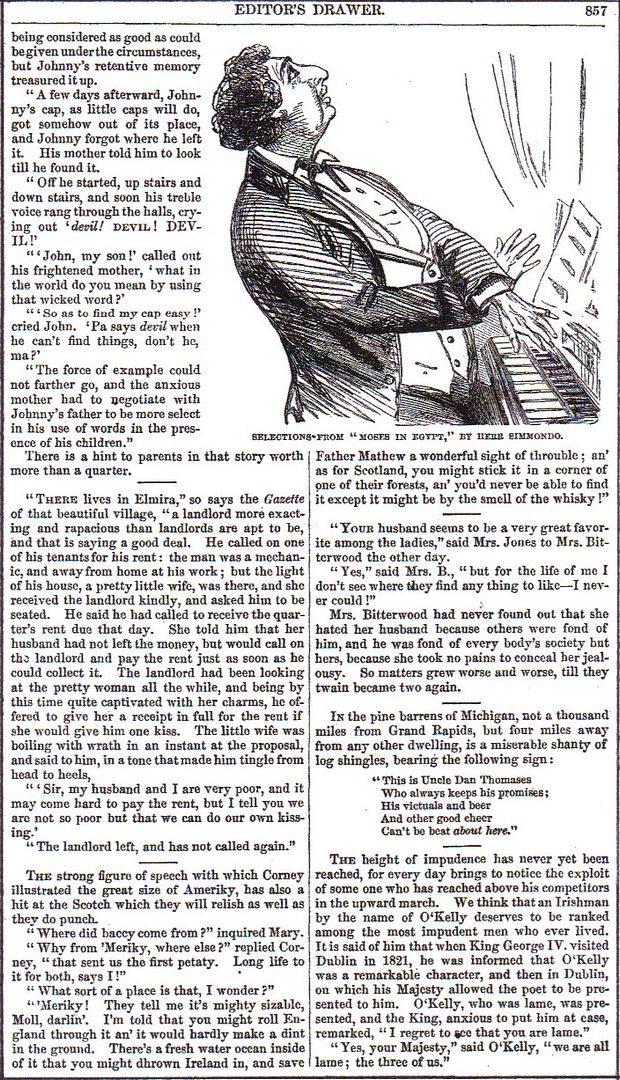
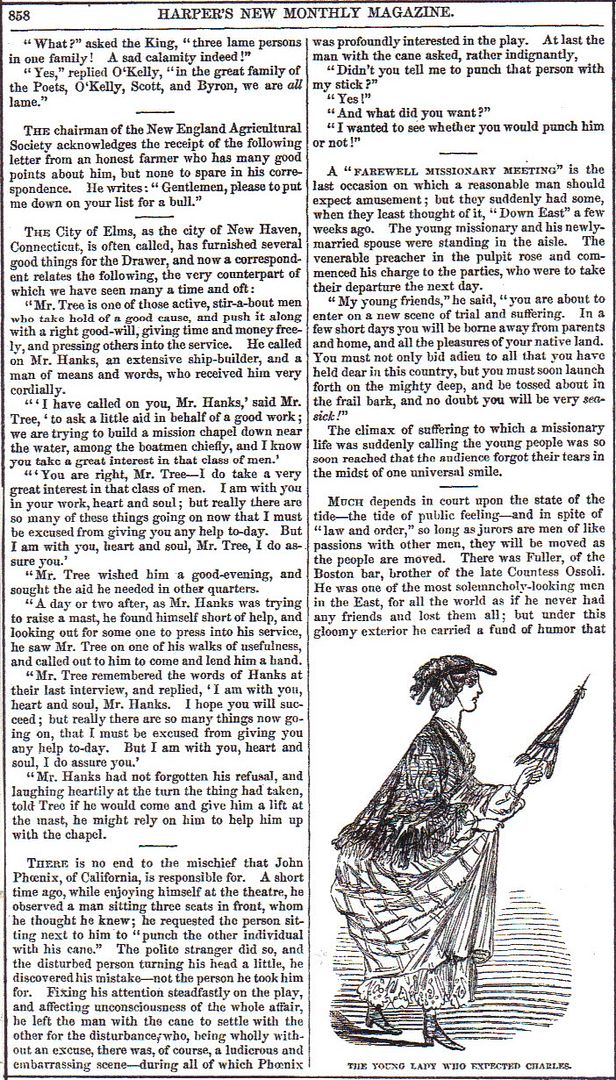
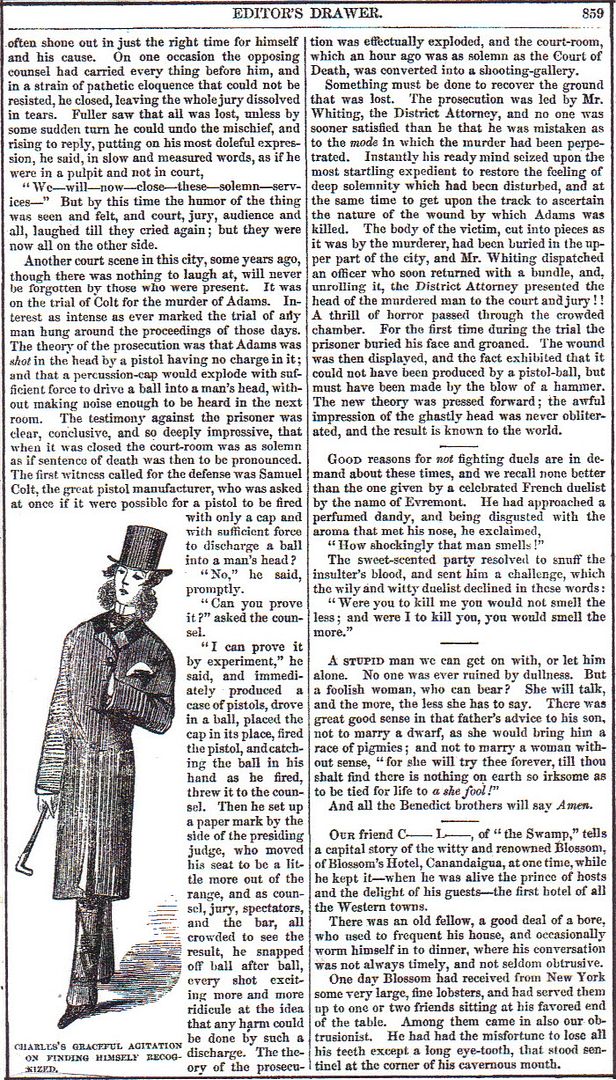
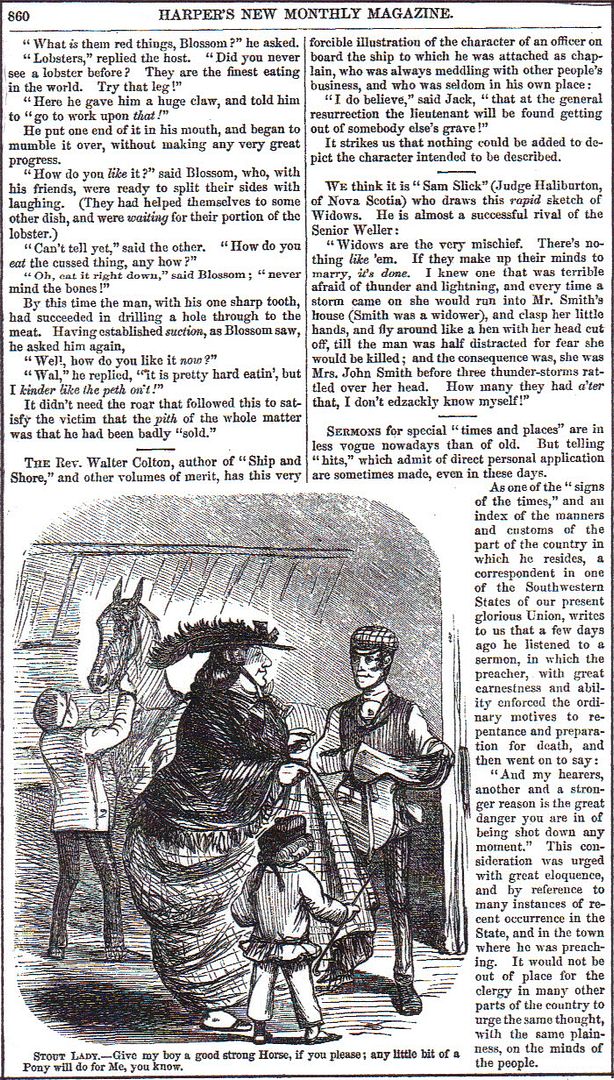
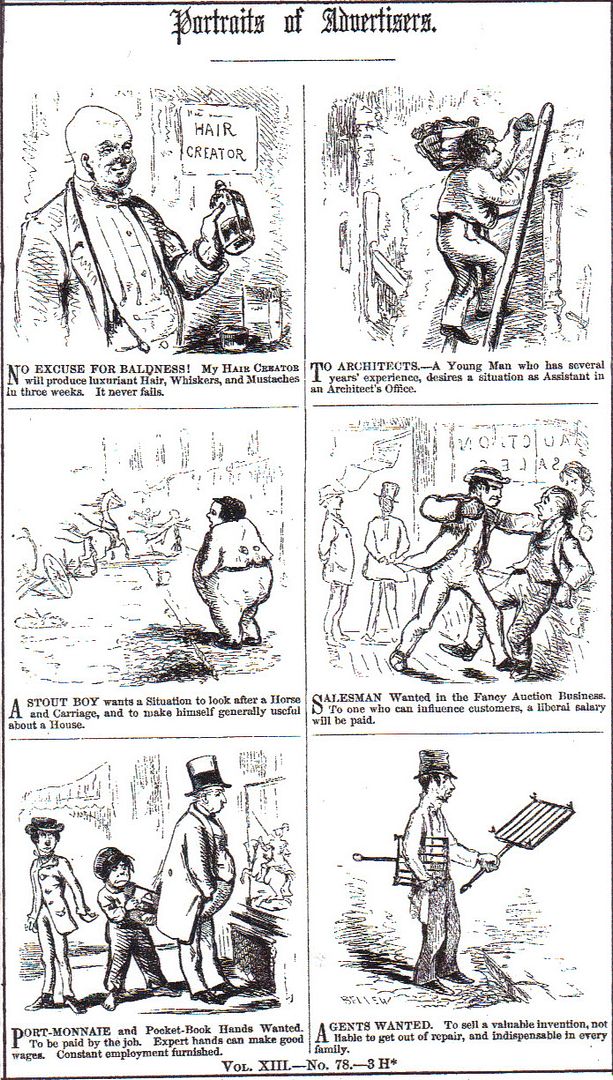
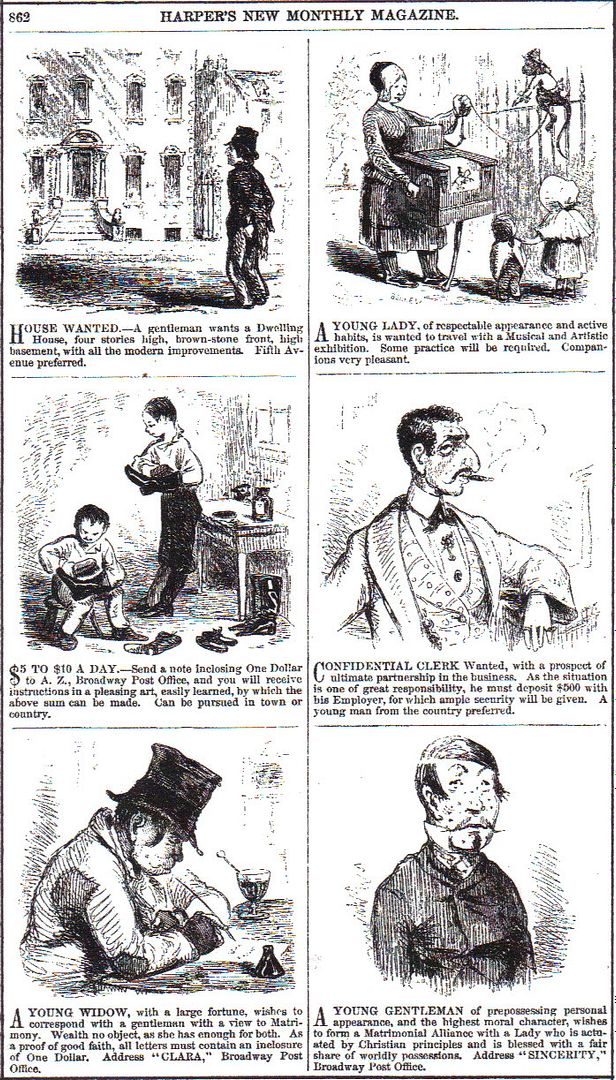
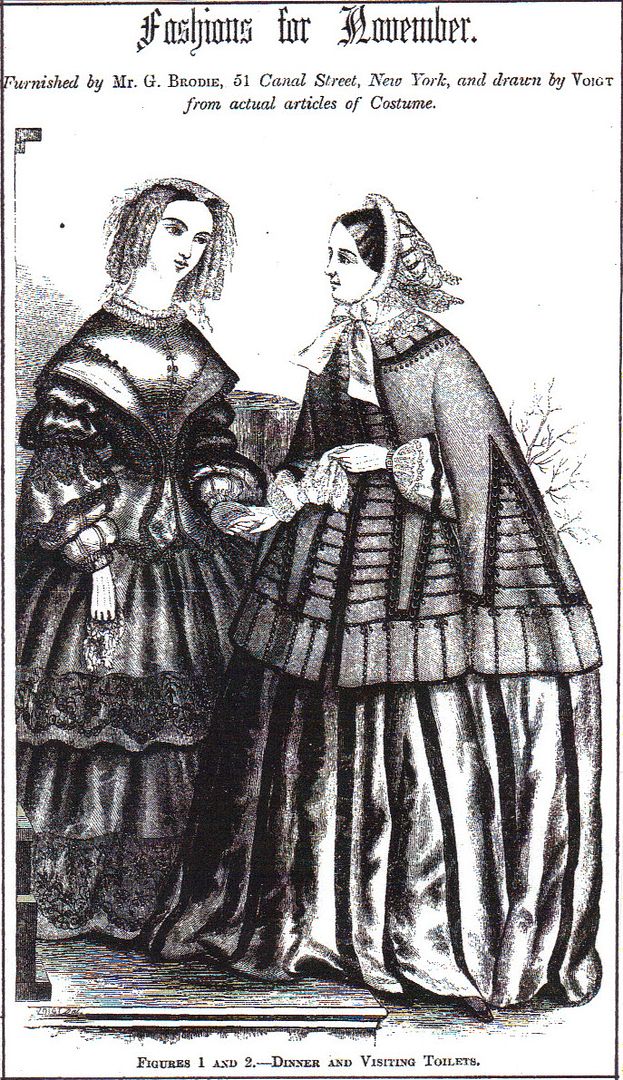
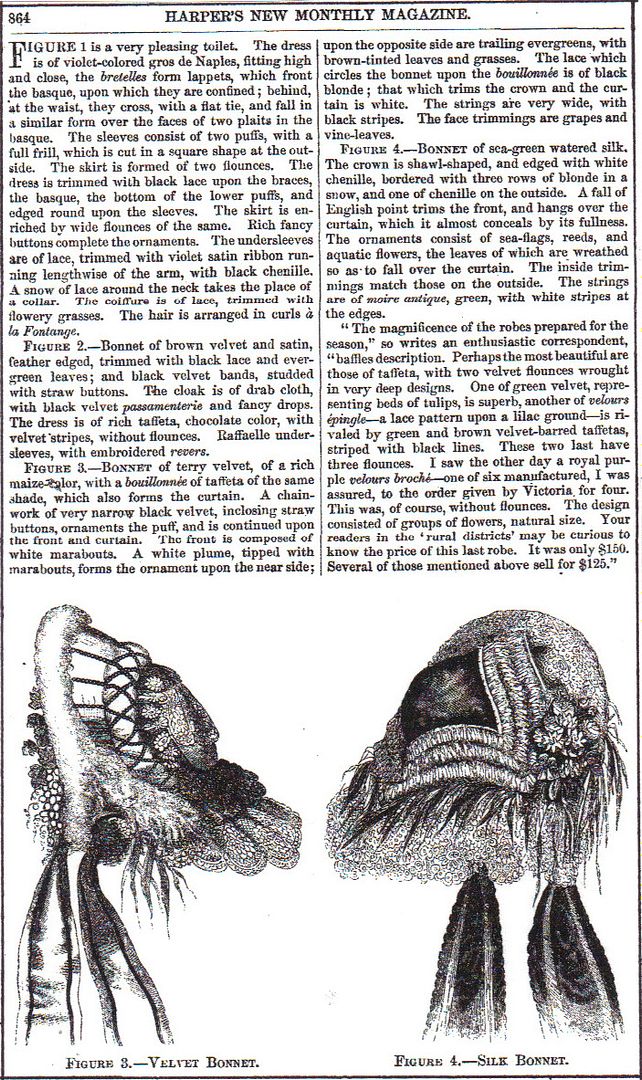
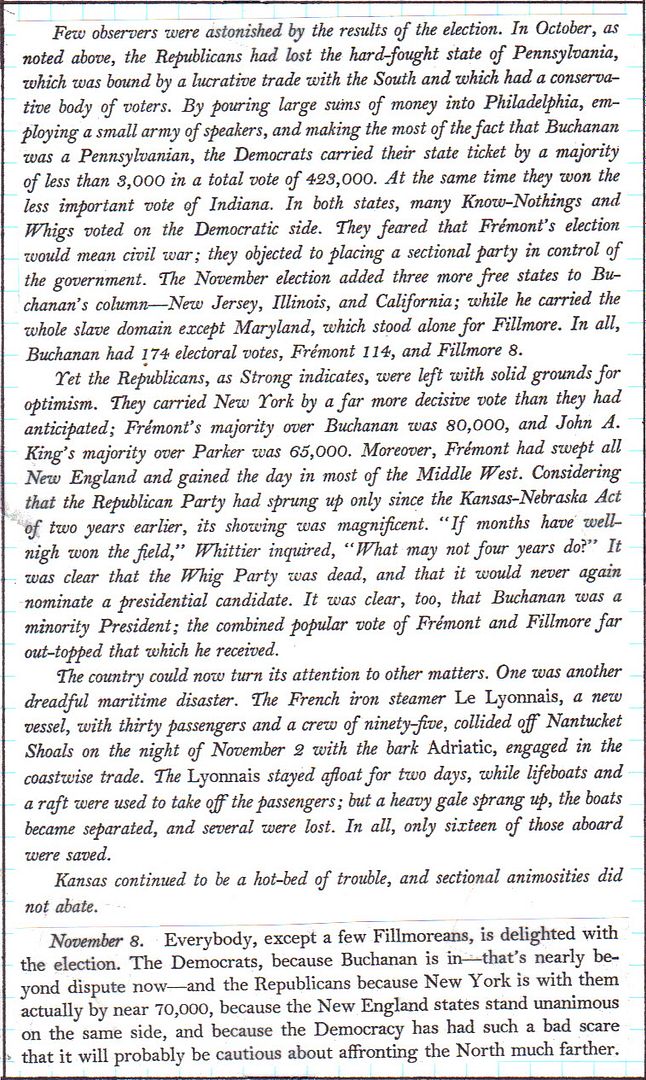
The Diary of George Templeton Strong, Edited by Allan Nevins and Milton Halsey Thomas
Here’s an electoral map from 1856. This was an interesting election and 1860 was even more so.
http://www.270towin.com/1856_Election/
Thanks. That is very interesting. I tweeted the link for my virtually unknown #160YearsAgo hashtag.

I posted my book report on this book back on August 23 (reply #92) The last paragraph of this excerpt didn't copy correctly. The date in the first line thereof is November 10
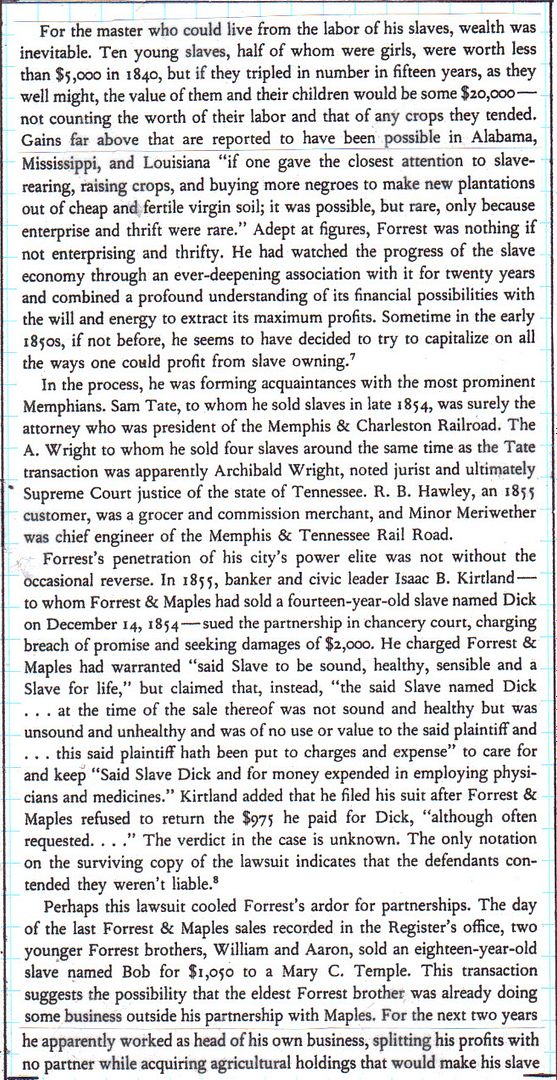
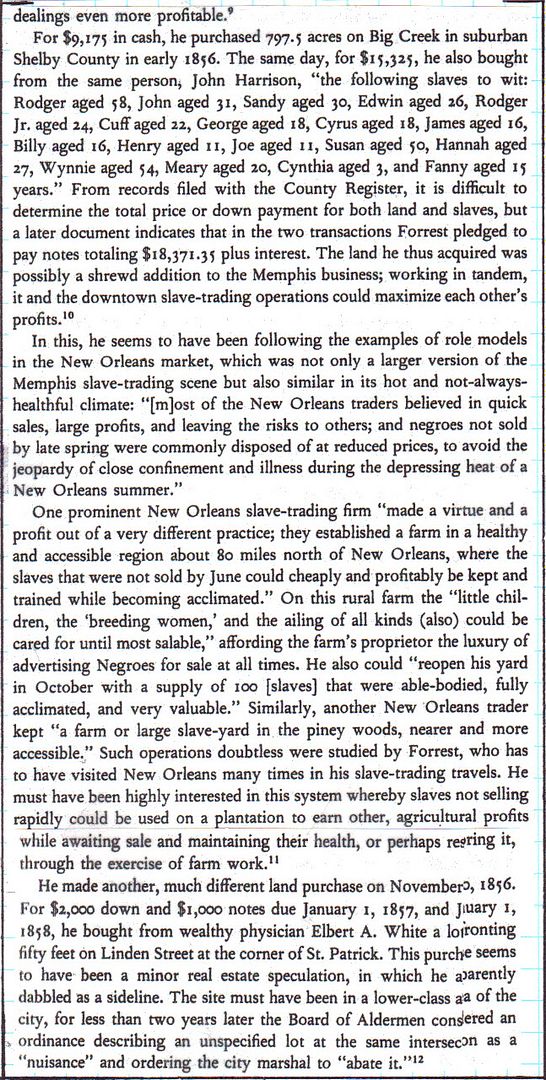
Nathan Bedford Forrest: A Biography, by Jack Hurst
Sorry about being a little late to the party here, but I’ve been busy. Some comments about Indiana (my native state) and how it plays into 1956, 1860, and down to today.
The result of 1856 is not surprising. The southern half of Indiana is much more like the south in general than the northern half. In terms of geography, the southern hills and lowlands region of the state looks much more like Kentucky than the prairies of the north. And the southern half was primarily settled by people moving north from Kentucky. Some Lincoln guy was a prime example. So there has always been a very strong southern flavor to southern Indiana, including a loyalty to the democrat party.
Even though the Northwest Ordinance prohibited slavery, southern ties and sympathies created a strong sentiment to keep the state white. When the Constitution was re-written in 1851, Article 13 was added to prohibit blacks from settling within the state. When the Constitution was submitted to the people for ratification, that Amendment was submitted as a separate ballot question. It carried by a larger majority than the Constitution itself. In many of the counties along the Ohio River, the votes on the Article 13 question were unanimous in favor.
I would note that the southern half of the state is very much in contrast to the northern half, which is more the typical Midwest in physical and human geography. Flat featureless good farmland settled by people from the east or who emigrated here, many from Germany. They were natural Whigs, and became Republicans. However, in 1856 they were not yet a majority of the State’s population.
When the Civil War comes, Indiana will be problematical for the Union. We had a Republican Governor, Oliver Morton, who is today lauded by Hoosiers as a strong leader; his statue, guarded by statues of Union soldiers, stands on the west side of the Statehouse in Indianapolis looking down Market Street. However, Lincoln referred to him as “the skeerdest man I’ve known.” Although Morton was a staunch Union man, his democrat state legislature was not so inclined. When war broke out, the democrat representatives and senators absented themselves from the sessions of the legislature, and the legislature could not do business without a quorum. By boycotting, they would deprive Morton of a budget and starve the state of revenue to prosecute the war.
Lincoln’s response was to use Federal money to fund state operations for two years and keep Indiana in the war and providing Union troops. In all, Indiana raised something like 113 regiments in the Union cause, including the 19th Indiana, which was a component of the Iron Brigade.
After the war, with the development of numerous small industrial cities in the northern half of the State such as Kokomo, Richmond, Marion and Lafayette, the State became much more solidly Republican and midwestern. We also became a hotbed of KKK activity in the 1920s, when the Klan controlled state politics. The Klan’s grip on power ended when the state Klan leader, D. C. Stephenson, was convicted of rape and murder. The Noblesville courtroom where he was tried has been restored to its appearance at the time of the trial:
http://law2.umkc.edu/faculty/projects/ftrials/stephenson/stephensonaccount.html
I tried several cases there before it’s restoration, now it’s used only for ceremonial functions.
But on to today: the results of the election of 2016 show that Indiana is solidly Republican. There are still pockets of the old style southern democrats with their Kentuckian ties in the southern part of the state. Mrs. Henkster hails from Scott County, about 30 miles north of Louisville, which today remains solidly democrat. However, as a state, Indiana is the most reliably Republican state in the midwest. I was actually surprised on Tuesday when Eric Holcomb defeated John Gregg for the governor’s race and Todd Young defeated Evan Bayh for the Senate seat. Under normal circumstances of those campaigns, I would have expected those offices to go democrat.
But anyway, for the purposes of 1856-1860, other than the possession of slaves, Indiana is much more like a border state than a northern state.
The excerpt on Forrest was interesting but no surprising. Homer, I still read with horrer the matter of fact descriptions you post about the antebellum practice of slavery. They just seemed to accept as an ordinary part of life buying and selling human beings like livestock.
A surprising feature of the Forrest excerpt is the prices the slaves were bringing. Surely those are luxury-car prices, in terms of our dollars. Rural land, on the other hand, was comparatively low valued.
I wonder what the 700+ acres of land Forrest bought in “suburban” Shelby County would be worth today. Of course, there are no doubt many “economically disadvantaged” parts of Shelby County where it is worth very little.
As to the practice of slavery itself, I read “Arguing About Slavery; John Quincy Adams and the Great Battle in the United States Congress” a few months ago. I discovered that slavery was a morally corrosive practice, probably on a par with serial adultery. Otherwise upstanding people were reduced to barbarity, and their defense of the “peculiar institution” was abominable.
The author of Abraham Lincoln, Vampire Hunter made that point vividly.
I recall Frederick Douglass in one of Homer’s posts making the same point about slaveholding corrupting the minds of the owners. I don’t know how it could not.
“CHARLES E. STRONG. Cousin, law-partner and highly congenial companion of the diarist. They had many qualities in common: modesty, interest in literature, industry, and conscientious devotion to duty. Charles’s marriage to Eleanor Burrill Fearing in 1850 pleased both George and Ellen Strong. The two young couples saw much of each other.”
Continued from November 8 (reply #41)
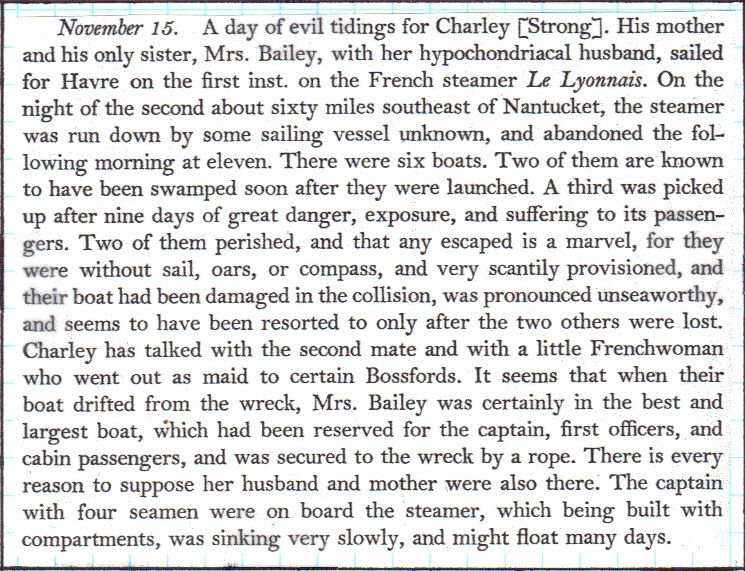
The Diary of George Templeton Strong, Edited by Allan Nevins and Milton Halsey Thomas
Oh, dear ... the suspense!
November 17. Columbia College meeting this afternoon. Torrey took his seat as trustee, a good appointment. Some little progress made toward better things. The Freshman class, entirely too large for a professor to deal with in a body, divided into sections.
The Diary of George Templeton Strong, Edited by Allan Nevins and Milton Halsey Thomas
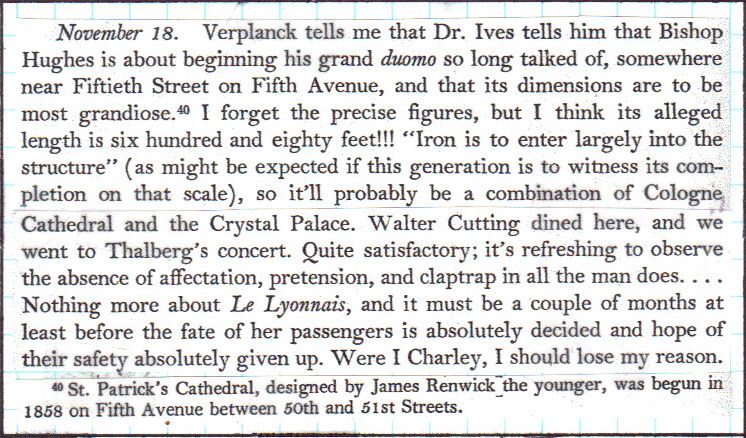
The Diary of George Templeton Strong, Edited by Allan Nevins and Milton Halsey Thomas
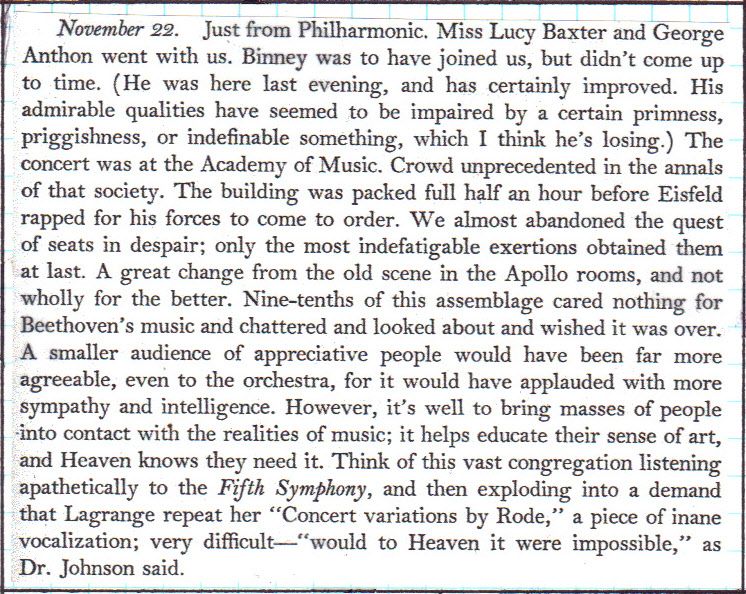
The Diary of George Templeton Strong, Edited by Allan Nevins and Milton Halsey Thomas
Good morning, Homer. George Templeton sounds a little grumpy.
Good morning. George is a tough music and drama critic (and next month at the opera - hoo boy) and also a bit of a snob. I mean really, Beethoven wasted on the hoi polloi?
Well, it is wasted if they’re not listening. Apparently the common folk liked some vocalist, instead.
Please add me to your ping list.
Disclaimer: Opinions posted on Free Republic are those of the individual posters and do not necessarily represent the opinion of Free Republic or its management. All materials posted herein are protected by copyright law and the exemption for fair use of copyrighted works.